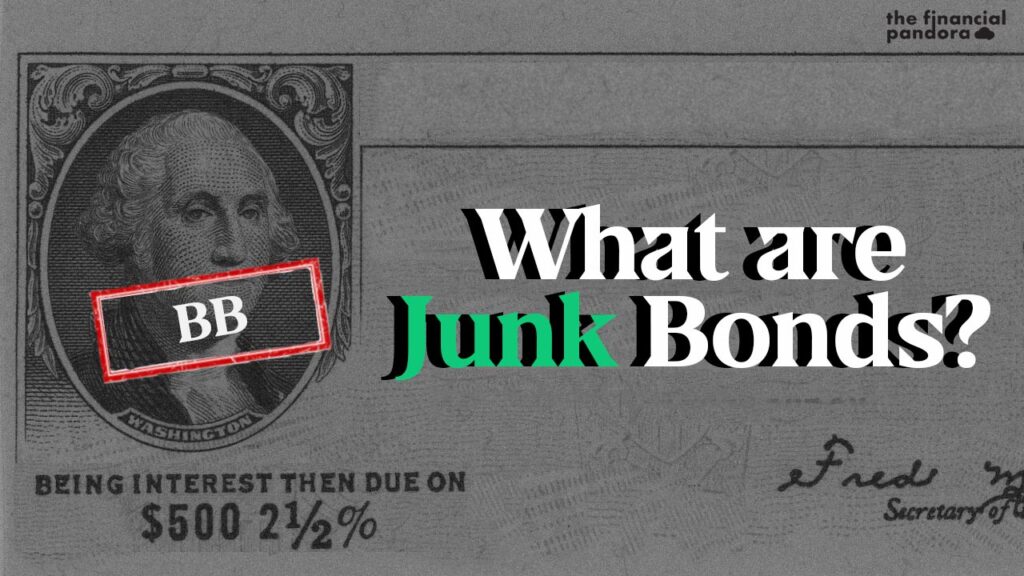I. Investment-grade bonds
II. Junk bonds/ Non-Investment grade bonds
Bonds that have a high credit rating are known as investment-grade bonds. These bonds are safer than the other bonds because the resources of the issuers are sufficient to indicate a good capacity to repay its obligations.
Bonds that are likely to default are called junk bonds or non-investment grade. Junk bonds may be issued by companies without long track records or by companies that have less than stellar credit rating. Since the risk associated with junk bonds is high, they offer higher returns.
Thus because of the very high interest rates these bond are also referred to as high-yield bonds. Junk bonds are typically rated ‘BB’ or lower whereas investment grade bonds are rated ‘BBB’ or higher. Since these junk bonds have a high default risk, they are speculative. Default risk is the chance that a company or government will be unable to pay its obligations when the bonds mature.


